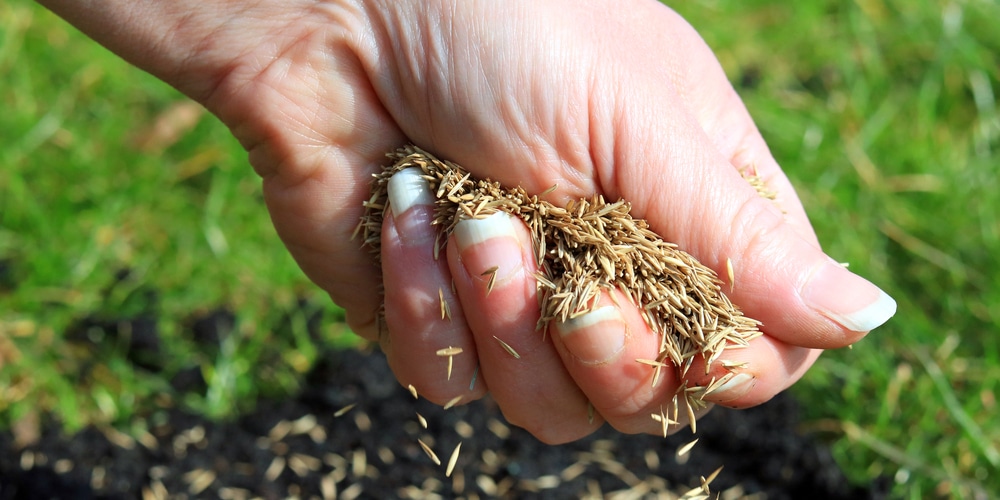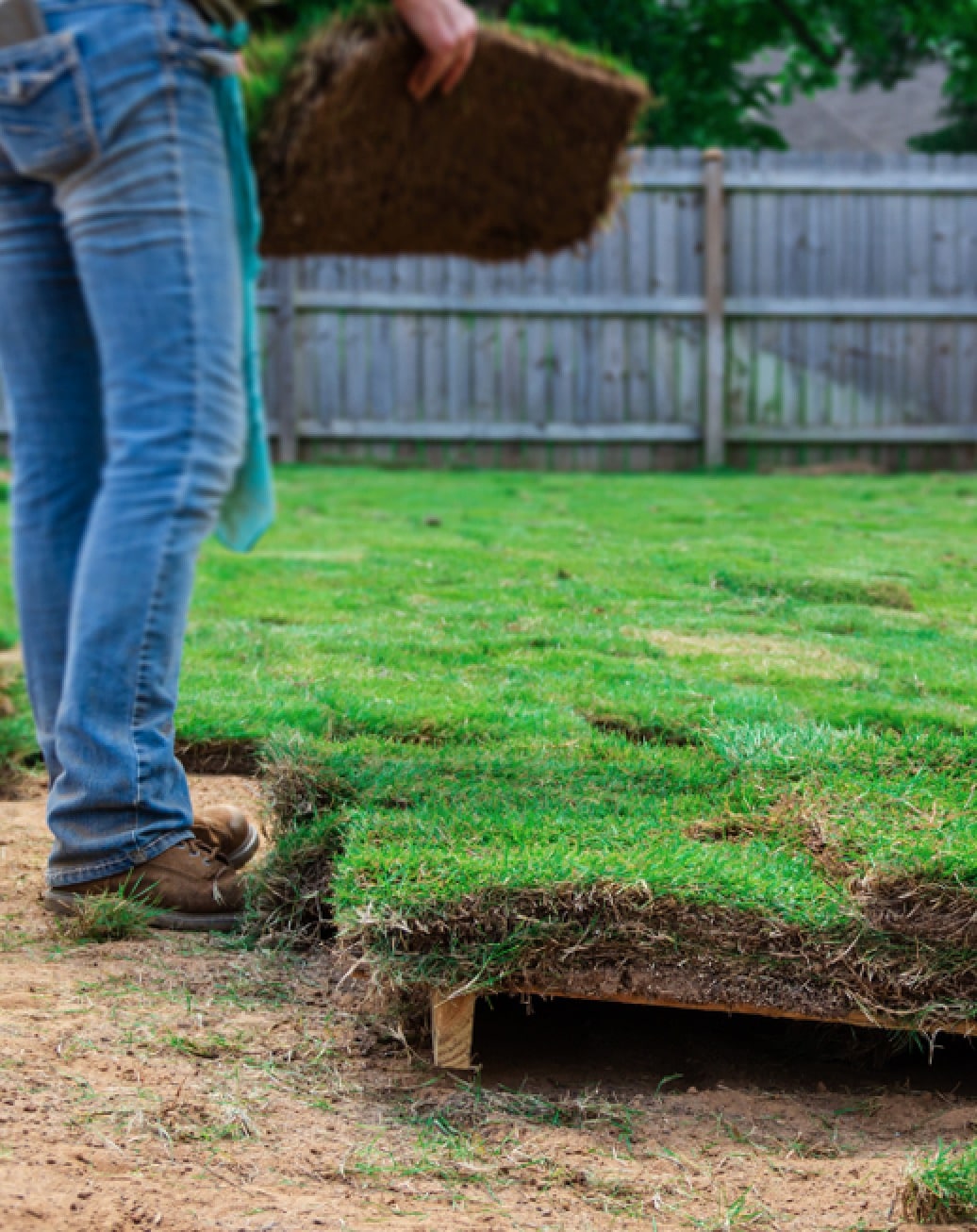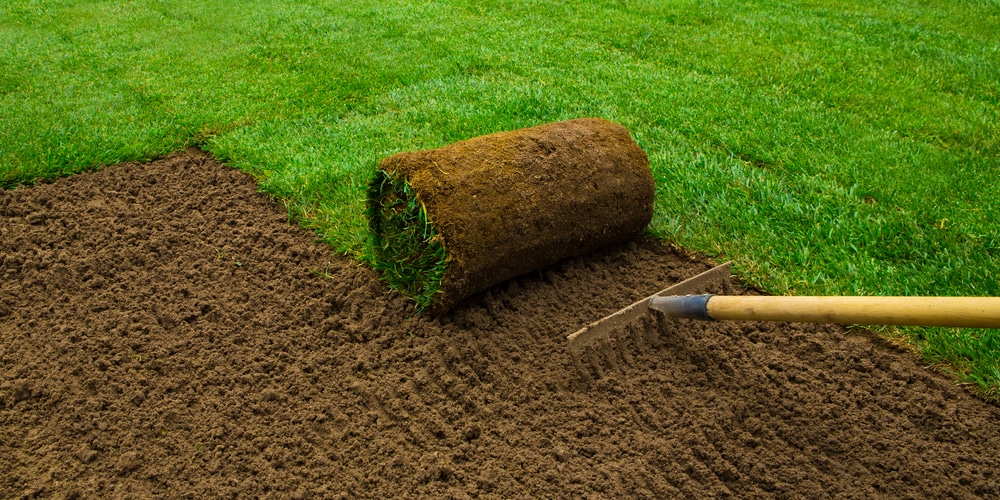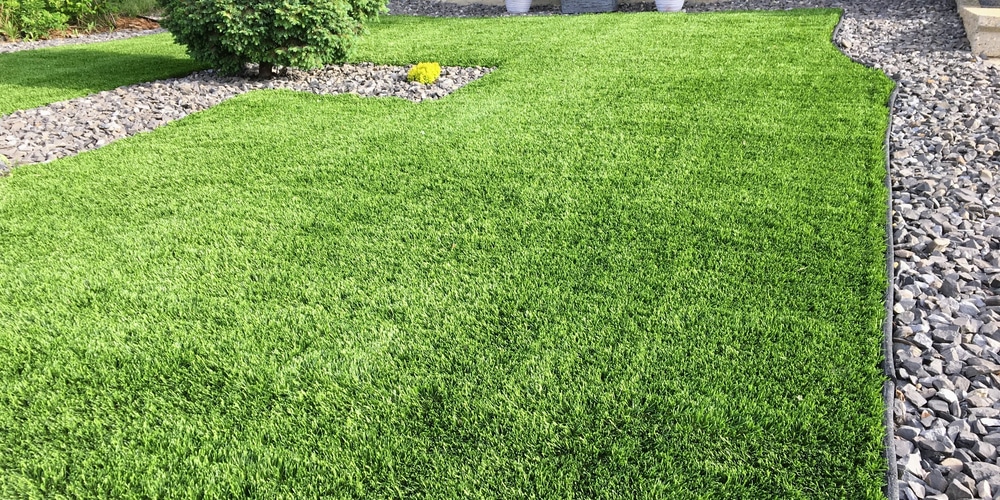Grass Seed and Sod: Pros and Cons for a Green Lawn
When you embark on the journey of cultivating a lush lawn, the foundation is choosing between grass seed and sod. These options cater to different needs and timelines, both aiming for that ideal verdant stretch.
Definition of Grass Seed
Grass seed refers to the actual seeds of various grass species that you scatter on prepared soil to grow a lawn. It’s the traditional method of lawn establishment for those who are patient and budget-conscious.
- Varieties: Offers a wide selection, enabling you to tailor your lawn to your region’s climate and soil.
- Cost: Generally, grass seed is more affordable than sod, making it the economical choice for large areas.
Definition of Sod
Sod, on the other hand, is pre-grown grass that comes in rolls or squares, consisting of mature grass and a soil layer held together by the root system or a biodegradable material. It’s essentially a carpet of grass ready to be laid down for an instant lawn. Key aspects include:
- Instant Lawn: You get a green lawn immediately after installation.
- Installation: Requires careful preparation and handling but less maintenance upfront compared to seeded lawns.
Pros and Cons of Grass Seed
The decision between grass seed and sod for your lawn directly impacts the establishment and maintenance of a healthy, green space. Each option comes with its distinct set of benefits and drawbacks that you need to weigh based on your specific lawn care goals.
Benefits of Grass Seed
- Financially Accessible: Grass seed is generally more affordable than sod. You’re likely to find that the cost of high-quality grass seed is much less, which can be a significant factor if you’re working with a large area or on a tight budget.
- Variety Selection: When you opt for seed, you have access to a wider variety of grass types, important for finding the perfect match for your region’s climate and your personal lawn care preferences.
- Root Development: Seed grows in the existing soil in your yard, which can lead to a stronger root system as the grass adapts to its native soil from the outset.
Drawbacks of Grass Seed
- Time-Consuming: Patience is key with grass seed, as it requires time to germinate and develop into a full lawn. This means you’ll wait longer before you can enjoy a lush, finished yard.
- Initial Care: Seedlings are delicate and need consistent attention and care, including proper watering and protection from birds or pests, to ensure they establish well.
- Weather Reliant: Successful germination can be at the mercy of the weather. Grass seed needs ideal conditions to thrive; unexpected extreme weather can wreak havoc on new seedlings.
Pros and Cons of Sod
When considering sod for your lawn, you’re looking at a solution that offers a lush, green appearance quickly but also requires an upfront investment. The following details will help you weigh the practicalities of both the advantages and limitations of opting for sod.
Benefits of Sod
- Instant Lawn: One of the most compelling benefits of sod is that it provides you with an immediate green lawn. Unlike seeding that requires weeks to germinate and grow, sod is a nearly instant transformation.
- Erosion Control: Sod acts as a natural erosion barrier from day one. Its established roots grip the soil, making it especially beneficial for sloped yards where seeds might wash away.
- Weed Resistance: As Lawn Chick explains, the density of sod discourages weeds, making your lawn look cleaner and more uniform.
- Year-Round Installation: While seeds have optimal planting seasons, you can usually lay sod any time during the growing season, and in some cases, even during mild winter months.
Drawbacks of Sod
- Cost: The initial cost of sod is significantly higher than that of grass seed. Considering both the sod itself and the potential need for professional installation, your budget is a key consideration.
- Selection Limitations: The variety of grass types available in sod form is often more limited than seeds, which means you might not get the exact grass type best suited for your climate and soil.
- Immediate Care: Once laid down, sod requires diligent watering to ensure proper root establishment. As mentioned on Pennington’s website, this is a critical phase for the sod to adapt to its new environment.
- Soil Compatibility: For sod to thrive, your existing soil should be compatible with its needs. Sometimes, this means additional soil preparation is necessary.
Cost Analysis (Sod is Way More Expensive)
In choosing between grass seed and sod for your lawn, your budget plays a critical role. Below, we break down the cost elements to help you decide the best option for your green space.
Cost of Grass Seed Installation
- Initial Purchases: Grass seed itself is relatively affordable. Prices vary by grass type but generally, you’ll spend between $0.10 to $0.20 per square foot.
- Preparation Costs: Soil preparation may require tools or professional services. Costs for these can add up depending on the condition of your land.
- Ongoing Maintenance: After planting, the seed needs consistent watering and care until established. Maintenance tools and water usage can affect your wallet over time.
- Time Investment: Your time isn’t free! Remember to consider personal time spent seeding and caring for your lawn.
Cost of Sod Installation
- Immediate Expense: A roll of sod costs more upfront — typically $0.30 to $0.80 per square foot. The price can skyrocket for premium types or professional installation.
- Labor and Installation: Installing sod can be laborious. If you hire out, installation costs can run around $1.20 to $2.85 per square foot.
- Additional Materials: You might need topsoil or other amendments to prepare your yard for sod. These have their own costs.
- Reduced Maintenance: After laying down sod, the maintenance and watering are less intensive than seeds, potentially saving money on long-term care.
Establishment Timeframe
Selecting between grass seed and sod for your lawn requires consideration of their growth and establishment patterns over time. Long-term success hinges on how well the grass adapts to the environment and the care it receives.
Grass Seed Growth Timeline
- Year 1: Your seeded lawn will take time to establish, showing erratic growth and requiring consistent overseeding to fill in patches.
- Years 2-3: As the root system deepens and spreads, expect a stronger, more resilient turf that withstands foot traffic and environmental stresses better.
Sod Establishment and Health
- Initial Weeks: Post-installation, sod offers an instant lawn but requires diligent watering to encourage root growth into the native soil.
- Months 6-12: A sodded lawn can achieve full establishment and healthy root systems within months, provided proper care and maintenance are followed.
Frequently Asked Questions
Before you decide between sod and grass seed for your lawn, explore these frequently asked questions to make a well-informed choice that suits your needs and budget.
What are the relative costs of installing sod compared to planting grass seed?
- The cost of sod is significantly higher, typically over 100% more than grass seed.
- Grass seed installation costs around $0.24 per square foot, while sod averages about $1.29 per square foot.
How does the presence of pets, particularly dogs, influence the choice between sod and seed for lawns?
- Sod offers an instant lawn that is more resilient to pet activity and can be used sooner after installation than seeded lawns.
- Seed may require temporary fencing or barriers to protect the area from pets during the establishment period.
What are the main advantages of choosing grass seed for lawn establishment?
- The advantages of grass seed include a lower initial cost and a wider variety of grass species to choose from.
- Seeding also requires a lower labor investment and can be a do-it-yourself project.
What are the common disadvantages associated with laying sod?
- Higher cost is a drawback of sod, alongside the fewer options for grass varieties.
- Sodding a lawn also requires the ground to be well-prepared and leveled to prevent a lumpy lawn surface.
How does the water consumption compare when establishing a lawn with sod versus grass seed?
- Sod requires frequent watering to take root properly. However, this is typically for a shorter duration than seed.
- Seed needs consistent moisture over a longer period to germinate and establish. It can often be watered less deeply than sod.
Which type of grass is most suitable for creating an ideal lawn?
- The best grass type for your lawn depends on your climate, soil type, and usage needs.
- Researching or consulting a local expert can help you select a grass variety. You can choose a grass variety from seed or sod that will thrive in your specific conditions.
Last update on 2025-06-06 / Affiliate links / Images from Amazon Product Advertising API






